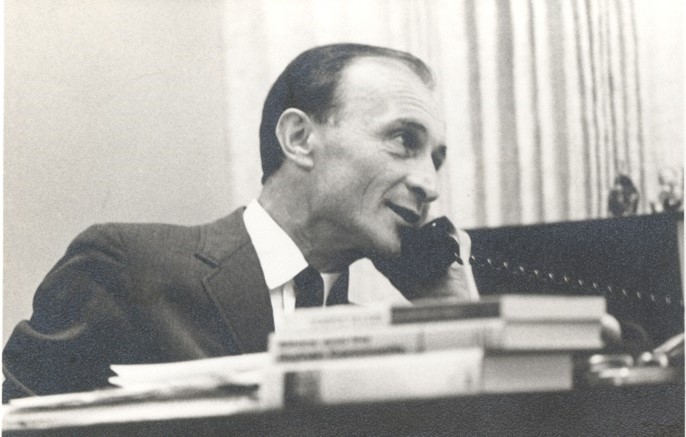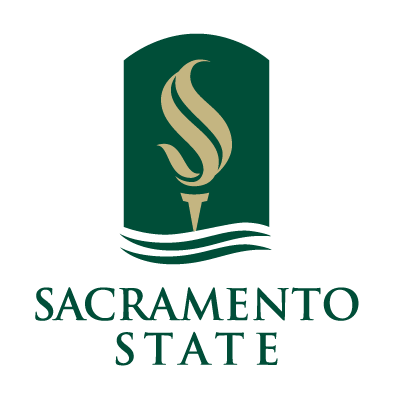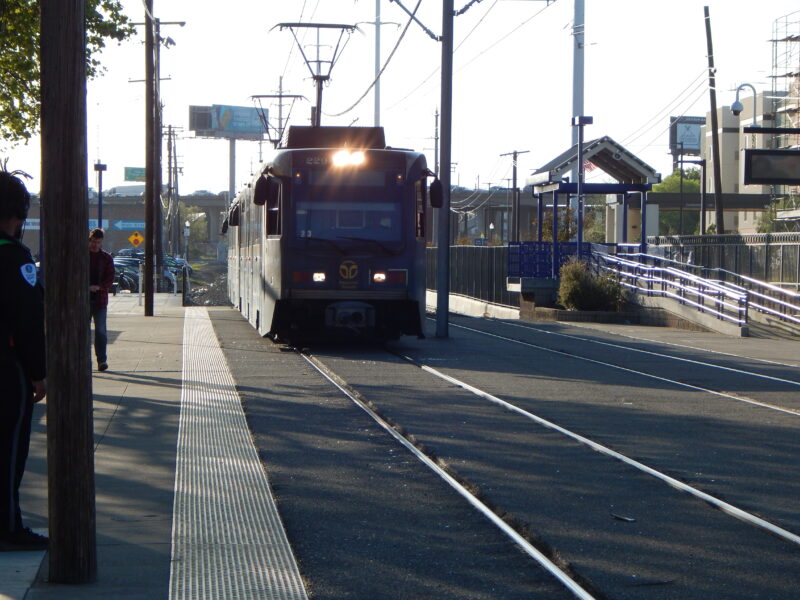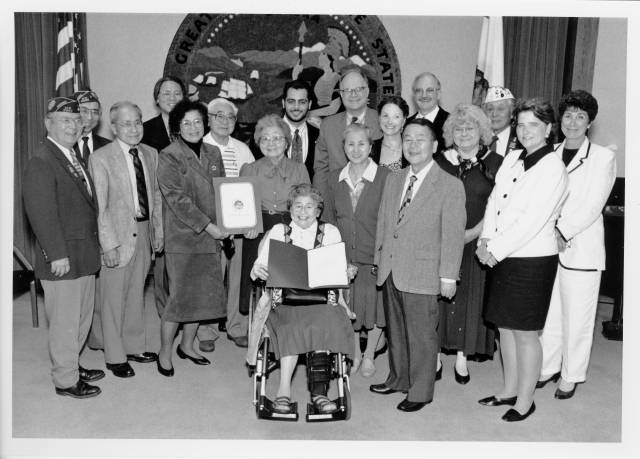Between 1965 and 1978, Sacramento State witnessed an era of constant change in the Office of the President, referred to as the Revolving Door Era. The era began with the retirement of Guy West in 1965. After President West’s retirement, the university created a committee that would find a new president to elect. After interviewing many candidates, the committee found a potential candidate in Robert Johns who had previously been the President of the University of Montana. Johns accepted the position in July 1966, with the condition of appointing an old colleague of his as his Administrative Vice President. In the first two years of his time as president, Johns was steadfast in implementing strong initiatives to help minorities and promoted the establishment of new programs that would take advantage of the location of the campus. By 1969, many of the relationships Johns had established during his time began to deteriorate and there were claims that he had been misusing travel funds given to him by the university.

Otto Buttz replaced President Johns in 1969. President had previously taught at Princeton where he had a reputation for being understanding of the values of new student movements. During his time as President, Butz was known for his strong communication skills and his likability to faculty and students. One of Butz’s strongest moments as president occurred during the May 1970 Crisis wherein, he kept campus open and was able to prevent student militants from turning to violence. Despite his strengths, Butz faced a lot of negative press during his short time as president just as the Board of Trustees was working toward making their final decision for the university president. In late February of 1970, Bernard Hyink was chosen as the permanent replacement.

Hyink came to Sacramento State during a troubling time and was not prepared to handle the campus politics. One of the many issues that came across Hyink’s desk was allegations of racism within the Athletics Department including allegations against the football and basketball coaches. Another issue was handled from 1971 to 9172. Hyink had to handle increasing militancy from the Women’s Caucus, campus radicals, and the mass resignation of his own Racial Discrimination Commission. Hyink’s unpreparedness to handle the tough nature of student politics led the Board of Trustees to search for yet another replacement.
The Board of Trustees found a promising candidate in Dr. James Bond who had previously been the Vice President of Student Affairs at Bowling Greens State University in Ohio. The first two years of Bond’s time at Sacramento State had run smoothly until 1973. In 1973, Bond made some sudden changes in the location of the Academic Senate which he had moved to temporary buildings on the opposite end of campus. This upset many faculty. At the same time, the university was entering into a new change. The rapid enrollment the university experienced in the 1960s was beginning to level off as enrollment had grown by only 4% in 1972. Administrators became worried and enrollment continued to drop to 2% and 1% over the following two years. Dr. James Bond was president of Sacramento State until 1978, serving the second-longest term as university president.
Sources:
George Craft, California State University, Sacramento State: The First Forty Years: 1947-1987.


